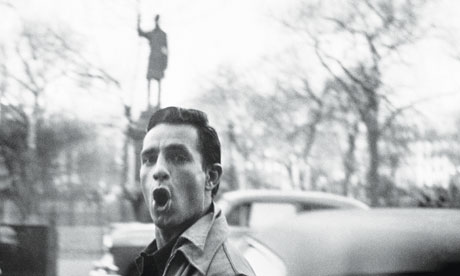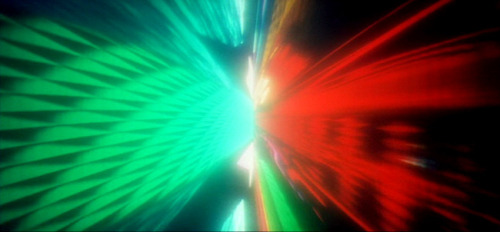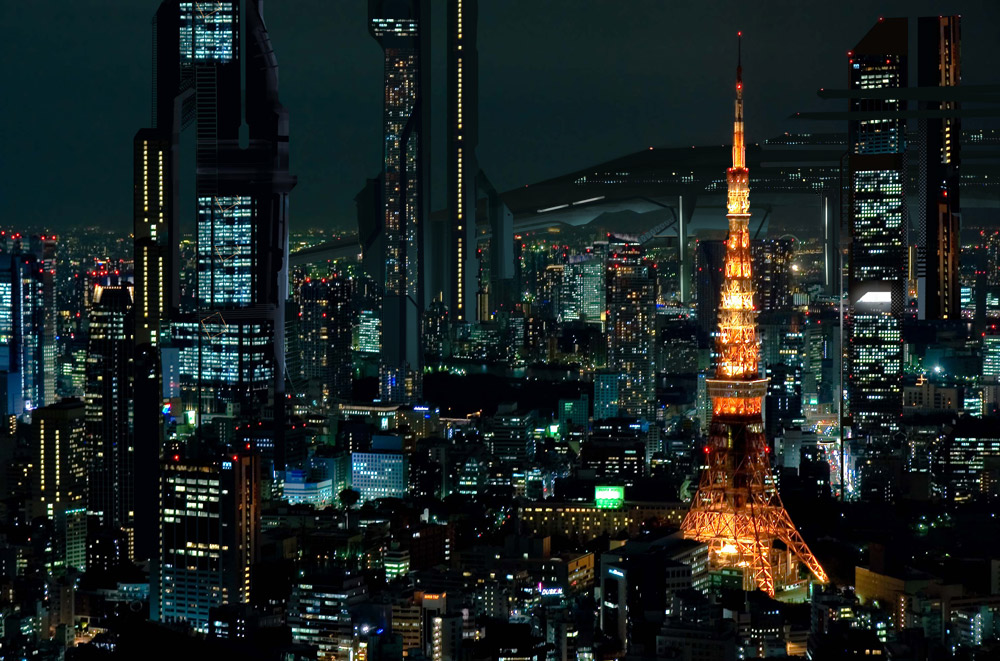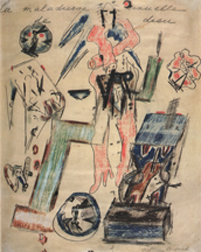
photo credit: ginsberg

photo credit: ginsberg

“The outcome of the confrontation to come depends on the offensive and defensive power of the revolutionary wing of the proletariat, on those who have not only consciousness but also the power of intervention: the workers at the point of production and distribution. They have in their hands the roots of a reversed world; they can destroy the economy…
We are experiencing the last days of culture. There is no more anti-culture, no counterculture, no parallel or underground culture. Operating under these sociological distinctions or the progressive reduction of culture to the spectacle, a spectacle which reduces the sum of the categories of real life to survival in a space-time when the commodity is not only produced, distributed and consumed but also generalized as necessity, chance, freedom, duration, and representation.”
The full text is at https://blackpigliberationfront.com/?p=876
A new haiku and drawing every single day – fascinating humor and insight from the author of Miracle Wimp and Lenny and Mel – check out much more at his Tumblr –
“Printer prints all pink!”
Several inks are not loaded
There’s your problem, dinks


Beautiful + transcendental original music from Benjamin Farrar, interspersed with fantastic imagery –
Mason's Stoup 7 [the Vernal Explosion] by tarbox69 on Scribd
from Mason’s Stoup 7, May 1992 –
and here we are, nearly 20 years later – how were the predictions?

As time passes, the human condition evolves to a more abstract dimension. Applying this concept of time to an historical perspective, we see that society is gradually moving towards a hyper-realization of its older order, towards an abstract integration of the past to formulate a new and abstracted order.
This acceleration of the abstracted reality into the present is an obvious process with an obvious end. Throughout history, the human species has evolved to higher and higher integrations of the abstract consciousness. Consider the development of algebra, the subsequent development of calculus, and the eventual conception of General Relativity. The movement of communication technology to a hyper-realistic state has allowed the human mind to transgress the limitations of the physical, such as the concrete boundaries of distance, and gain an effectual transcendence of time and space. Your telephone can access any other telephone on the planet. In Europe in the Middle Ages, well over ninety percent of the populace did not leave a ten mile radius in their lifetimes. To predict the next destination of communication, this function of the movement of technology may be extrapolated, whereby the arrival destination manifests itself in an ethereal state.
Likewise, the movement of artistic intent and composition has followed the routes of abstraction. The communication of art has gradually progressed into a highly abstract epoch. This movement is visible when one considers the discovery of the vanishing point and perspective, then the flirtations with time and individual perception known as impressionism, and penultimately, the immersion of art into the realms of abstract expressionism, minimalism, and the modernisms.
Musical efforts have also rapidly approached the abstract hyper-reality of post-modernistic development in the twentieth century. The electrification of primitive expressional instruments further moved the arts of 1ogical expression, inherently an abstract form, towards the ultimate heights of abstract reality. Electricity could universalize the expression, whereby more of the population could become part of the thought, and whereby the thought could pervade the reality to an unprecedented extent. The acquirement of electronic fluency brought about the advent of recording technology, whereby, like the invention of the written language, and later the printing press, the art form could usurp time.
Here true competence belongs to the literality of the interpretation of words. Besides, in what is improperly called the “commentary” of the drawing entitled La Maladresse sexuelle de dieu (The Sexual Awkwardness of God). It is not in order to exploit the awkward outreach of his mind. He was skinned naked in a bath of electricity, as each electro-shock patient is exposed to an artificially-created death – at this stage in Artaud’s work [1946], all manifestations of death are states of black magic that have to be overturned. This drawing (a treason and translation of the sexual awkwardness of god) are the ghosts of words are suddenly taking up the space. They reveal the original skill of the drawing: 
Throwing, throwing oneself: in words, as in painting, the intonation projects, it is dynamite content, the motion expelling it into a space that is nothing other than the elements of this tonal trajectory, the difference between the projectile and the subjectile, the latter sometimes becoming the target of the former. Artaud says it as early as 1931, in “La Mise en scène et la métaphysique” (Mise-en-Scène and Metaphysics), a lecture at the Sorbonne that deals first of all with painting: Words themselves have their own potential as sound, they have various ways of being projected into space, which are called intonations. And there is a great deal that could be said about the concrete value of intonation in the theater, about this quality that words have — apart from their concrete meaning — of creating their own music according to the way in which they are uttered, which can even go against that meaning — of creating beneath language an undercurrent of impressions, correspondences, analogies. . .
The following year, a letter to André Gide prescribes a bodily writing, a theatrical hieroglyphics: The movements, the attitudes, the bodies of the characters will be composed or decomposed like hieroglyphs. This language will pass from one sense organ to another, establishing analogies and unforeseen associations among series of objects, series of sounds, series of intonations.
The intonation that projects the words beyond their meaning, even into a counter-meaning: it is not only in the sounded work that it seems to have its place.
Like everything that is projected, it takes and in fact opens space, this “poetry in space” that “first takes on all the means of expression that can be used on the stage, like music, dance, paint, pantomime, mimicry, gesticulation, intonations, architecture, lighting, and decor . . . in our theater which has been living under the exclusive dictatorship of the word, this language of signs and mimicry, this silent pantomime, these attitudes, these gestures in the air, these objective intonations, in short everything I consider as specifically theatrical in the theater . . . carelessly called ‘art.’